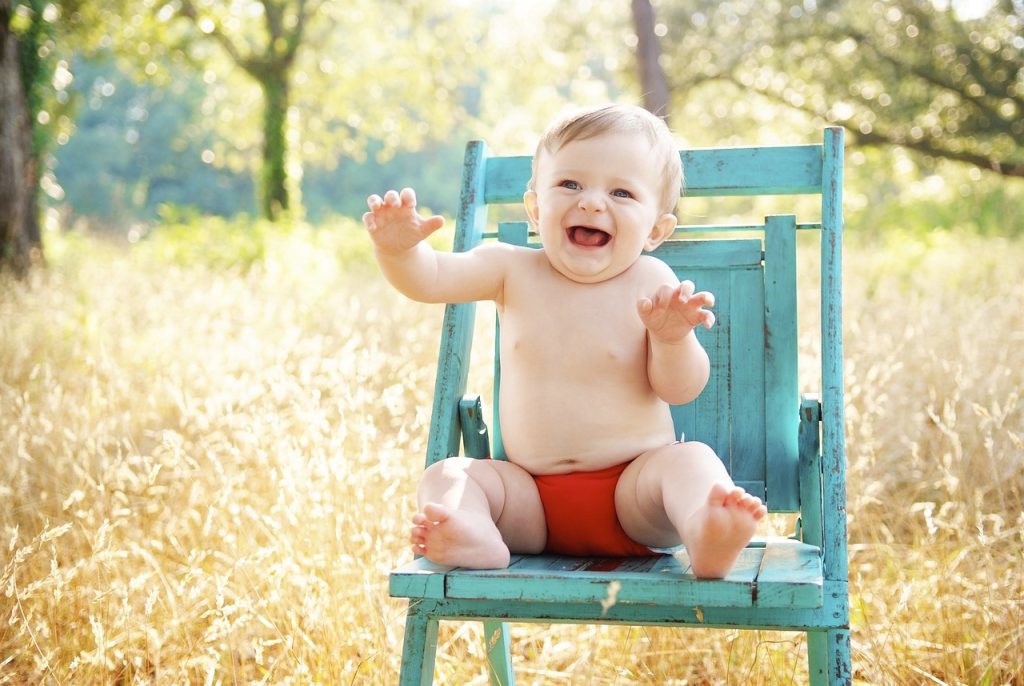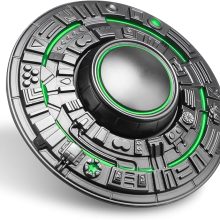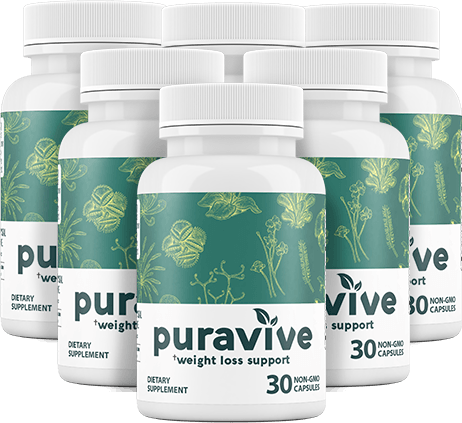How to Prepare Your Home for a Baby

How to prepare your home for your baby, Welcoming a new baby into your home is an exciting and joyous occasion, but it also comes with its fair share of preparations. From creating a safe environment to ensuring you have all the essentials, getting your home ready for your little one is a crucial step in easing the transition into parenthood. Here are ten detailed tips to help you prepare your home for your new arrival:
- Baby-Proof Your Space: Before your baby starts exploring, thoroughly assess your home for potential hazards. Install safety gates at the top and bottom of stairs to prevent falls, secure furniture to the wall to prevent tipping, cover electrical outlets with safety plugs, and remove any small objects that could pose a choking hazard. Consider getting down on your hands and knees to see your home for your baby’s perspective and identify any overlooked dangers.
- Set Up a Safe Sleep Space: Your baby will spend a lot of time sleeping, so it’s essential to create a safe sleep environment. Choose a crib or bassinet that meets current safety standards, with slats no more than 2-3 inches apart. Ensure the mattress is firm and fits snugly in the crib, and avoid using loose bedding, pillows, or stuffed animals, which can increase the risk of suffocation. Consider placing the crib away from windows, blinds, and cords to prevent accidents.
- Stock Up on Diapers and Essentials: Babies go through a lot of diapers, so stock up on newborn-sized diapers, wipes, diaper rash cream, and other essentials. Consider buying diapers in bulk to save money and minimize trips to the store during those early days. Create a designated diaper changing area equipped with a changing pad, diapers, wipes, and diaper disposal system for easy access and cleanup.
- Organize Baby Clothes and Supplies: Sorting through baby clothes and supplies can be overwhelming, so start early and tackle one task at a time. Separate clothes by size and type, and consider using storage bins, baskets, or hanging organizers to keep everything organized and easily accessible. Wash all baby clothes and linens with a gentle, baby-friendly detergent before your little one arrives to remove any irritants or allergens.
- Create a Feeding Station: Whether you plan to breastfeed or bottle-feed, having a designated feeding station can make feeding time more comfortable and convenient. Set up a comfortable chair or rocker with pillows for support, and keep essentials like burp cloths, bibs, bottles, formula, and breast pump accessories within arm’s reach. Consider adding a side table or tray for snacks, drinks, and entertainment during feedings.
- Install a Baby Monitor: A reliable baby monitor will give you peace of mind knowing you can keep an eye (and ear) on your baby while they sleep. Choose a monitor with features that meet your needs, such as video monitoring, temperature sensors, night vision, and two-way audio capabilities. Test the monitor before your baby arrives to ensure it works properly and provides clear audio and video feedback.
- Prepare Meals in Advance: Cooking may be the last thing on your mind once your baby arrives, so consider preparing meals in advance and freezing them for easy reheating. Stock your pantry and fridge with healthy snacks and easy-to-prepare meals to fuel you during those early days of parenthood. Enlist the help of family and friends to prepare meals, or consider hiring a meal delivery service to take the pressure off meal preparation during the postpartum period.
- Set Up a Comfortable Nursing Area: If you plan to breastfeed, create a comfortable nursing area where you can relax and bond with your baby. Choose a quiet and cozy spot with adequate lighting, and consider adding a nursing pillow, footstool, and side table for added comfort and convenience. Customize the space with personal touches like photos, artwork, and soothing decor to create a calming atmosphere for breastfeeding sessions.
- Childproof Hazardous Areas: Babies are naturally curious and can get into mischief if left unsupervised, so take steps to childproof hazardous areas in your home for your baby. Install cabinet locks and latches to prevent access to cleaning supplies, medications, and other dangerous substances. Use stove knob covers and oven locks to prevent burns and injuries in the kitchen, and install toilet locks to prevent drowning hazards in the bathroom. Consider investing in baby gates to restrict access to stairs, balconies, and other potentially dangerous areas.
- Create a Cozy and Inviting Atmosphere: Finally, create a warm and welcoming atmosphere in your home for your baby feel safe and secure. Hang curtains or blinds to regulate light and sound, and consider adding soft rugs or mats for tummy time and play. Decorate with soothing colors and baby-friendly artwork to create a nurturing environment for your baby to thrive. Consider incorporating soft lighting, gentle music, and calming scents like lavender to create a relaxing atmosphere for both you and your baby.
By following these ten detailed tips, you can ensure that your home is safe, comfortable, and well-equipped to welcome your new baby. Remember, every family is different, so feel free to customize these tips to suit your unique needs and preferences. With a little preparation and foresight, you’ll be ready to embark on this exciting new chapter in your life with confidence and peace of mind, You’ll have created a real home for your baby.




